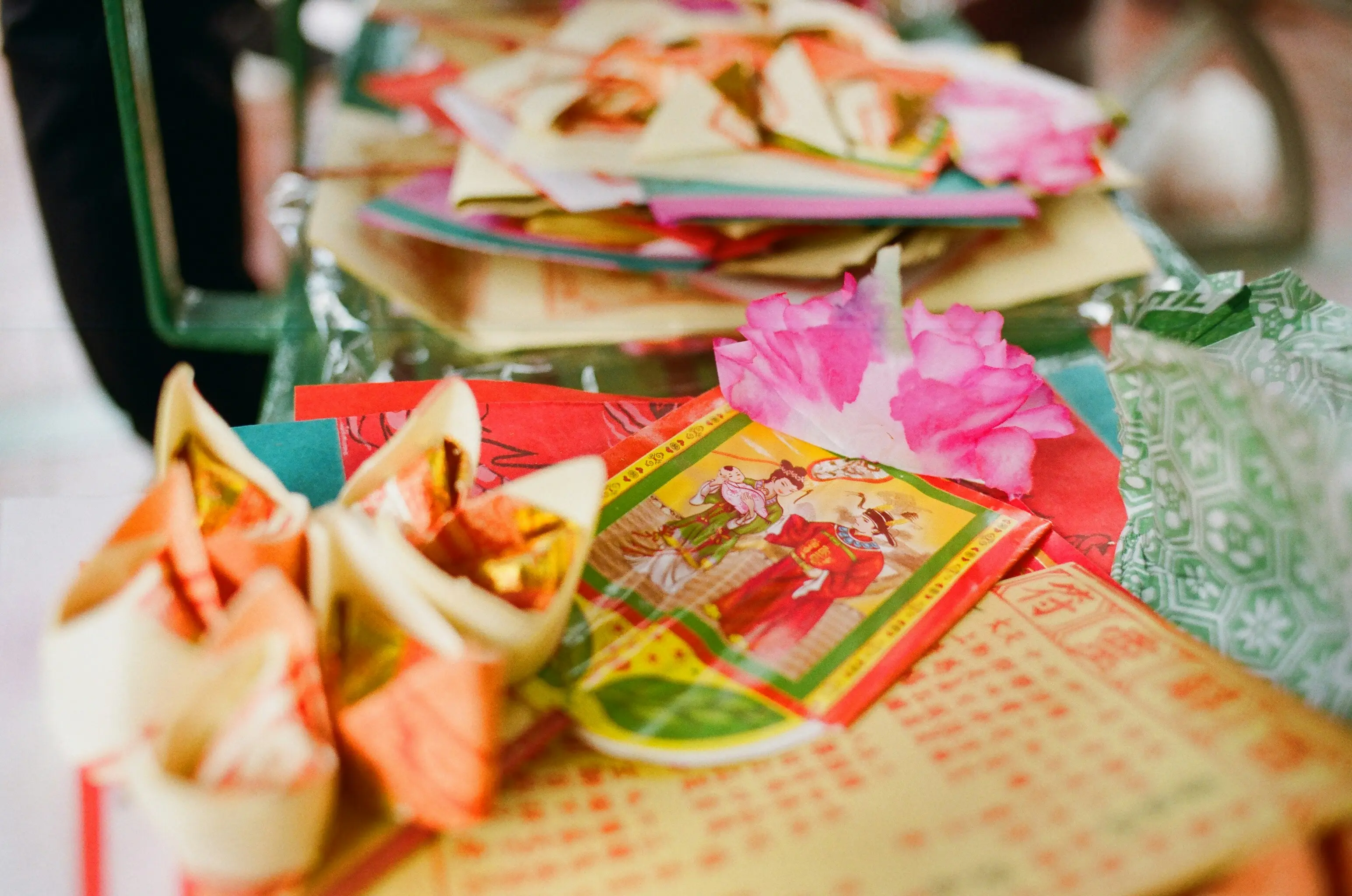
During the Hungry Ghost Festival (7th Lunar Month), burning joss paper is a sacred tradition meant to send offerings to ancestral and wandering spirits. Singapore supports this practice—but only when done responsibly. Here’s your complete guide to burning offerings safely, legally, and considerately in Singapore.



Most Town Councils provide metal bins or wire cages at void decks or open spaces. These are perfectly safe, and burning offerings here is permitted and encouraged.
Many temples (e.g. Kwan Im Thong Hood Cho, Loyang Tua Pek Kong) offer large burners in their compound.
Occasionally, Residents’ Committees may set up portable burners near communal BBQ pits or fields where space is available and safe.


The National Environment Agency (NEA) recommends to:
These guidelines are part of the Alliance for Action (AfA) campaign—a collaboration between NEA, Town Councils, religious federations, and cultural bodies to promote respectful burning customs in multicultural Singapore.


Try these backup options:

The Hungry Ghost Festival is about honoring spirits, but also about being considerate. By following these guidelines, you show respect not only to the unseen, but also to your neighbours and your environment. When we burn sincerely—and responsibly—we ensure the tradition remains meaningful and sustainable in modern Singapore.
